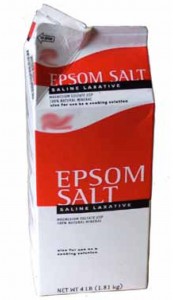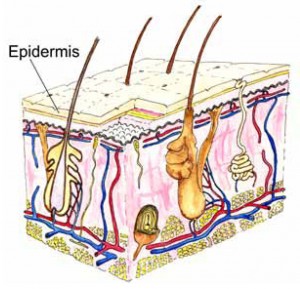Epsom Salts

July/August 2011 ISSN-1059-6518 Volume 24 Number 4
Epsom Salts – MgSO4
By Frank Hubbell, DO
What is Epsom Salts? 
Epsom salts consists of magnesium sulfate, MgSO4, simply magnesium plus sulfate. The name comes from the town of Epsom in England, where the mineral was originally distilled from the water of springs that came up through the porous chalk in the area.
Epsom salts is a readily available, over-the-counter, inexpensive compound with a variety of medicinal uses. In this particular article we will focus on its usefulness in treating skin infections like cellulitis. Read more



